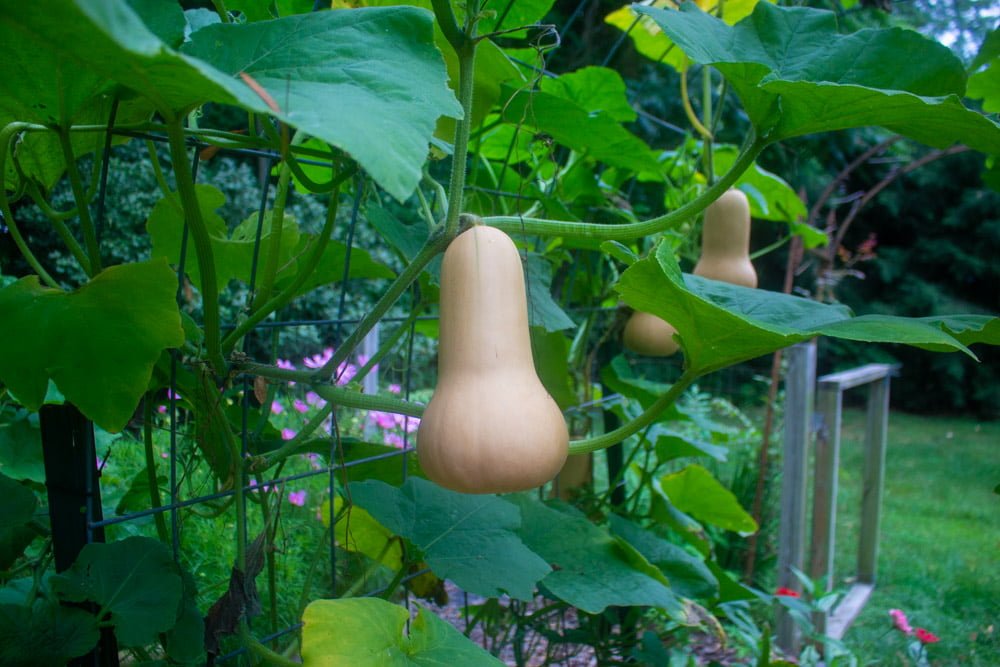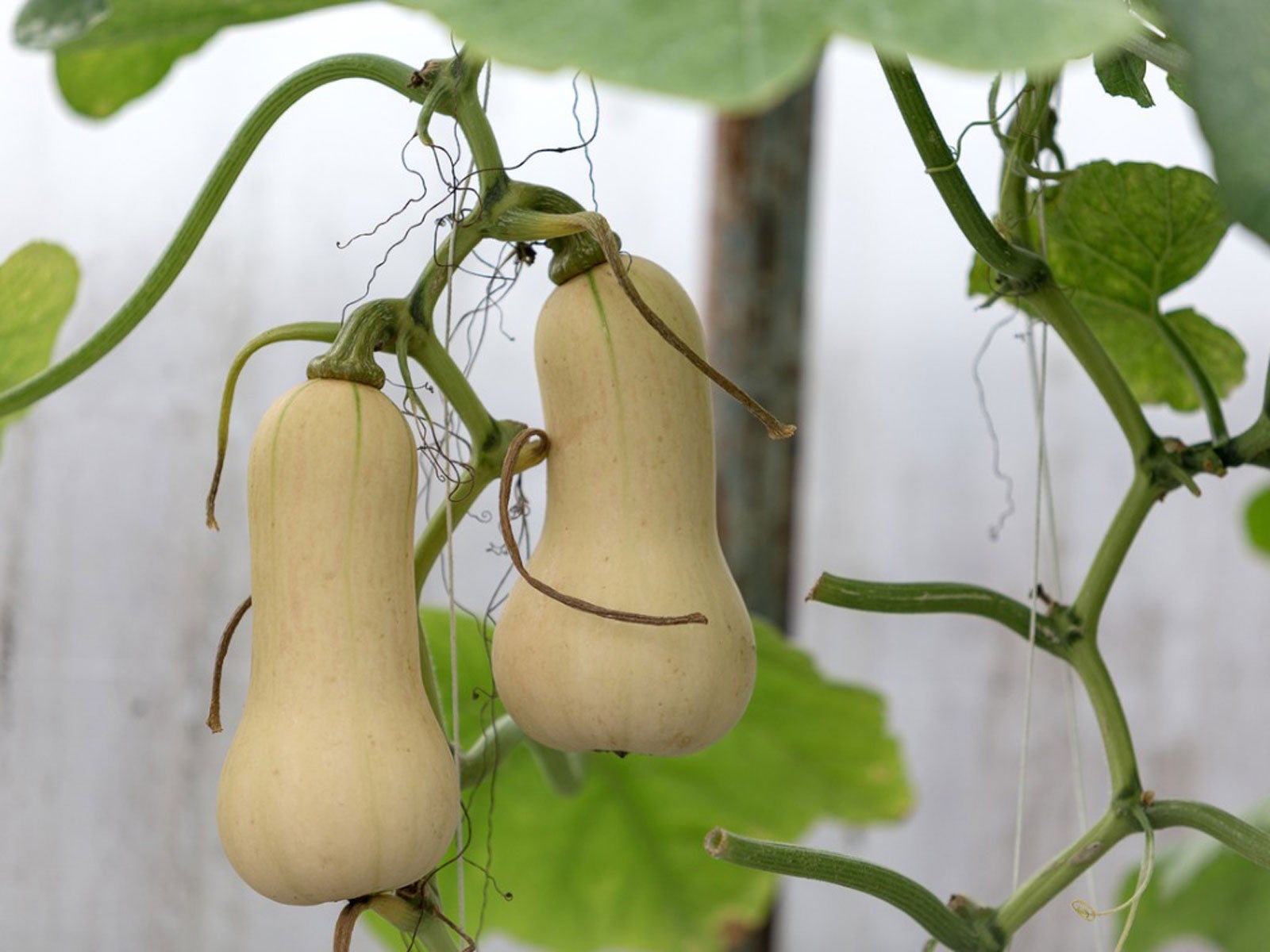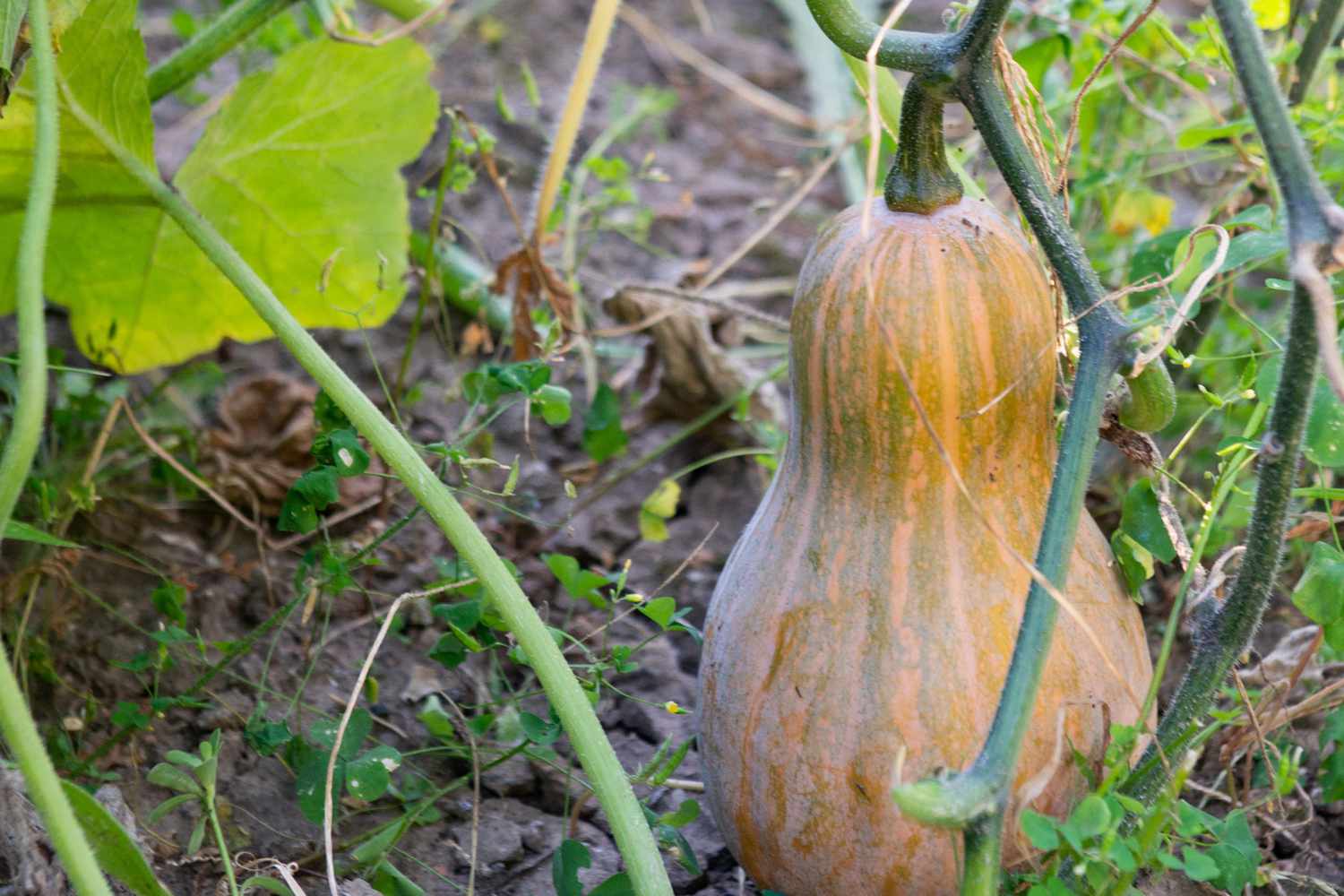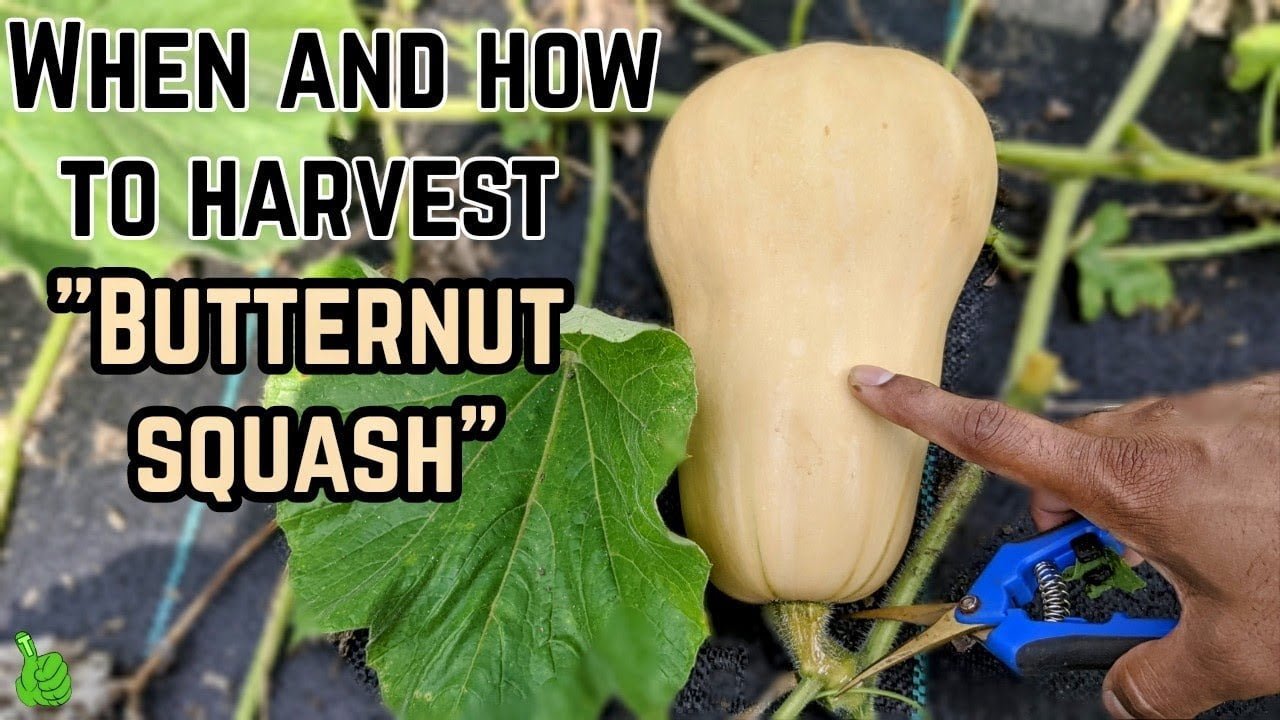If you’re a fan of butternut squash, you probably know that there’s nothing quite like the satisfaction of harvesting your own fresh and delicious vegetables straight from your garden. But when is the best time to harvest your butternut squash? In this article, we’ll provide you with some helpful tips to ensure that you pick your squash at the perfect moment of ripeness, resulting in the most flavorsome and tender squash for your autumn meals. So grab your gardening gloves and let’s get ready to harvest some butternut squash!”
Tips for Harvesting Butternut Squash
Butternut squash is a delicious and versatile vegetable that is a favorite among many gardeners. Harvesting butternut squash at the right time ensures that you will enjoy the best flavor and texture. In this article, we will provide you with some helpful tips for harvesting butternut squash and make the process easier and more efficient.
Determining the Right Time to Harvest
Knowing when to harvest butternut squash is crucial to optimize its flavor and storage life. Butternut squash is typically ready to be harvested when it reaches full maturity, which is around 80-100 days after planting. Keep in mind that the exact timing may vary depending on the weather conditions and the specific variety you are growing.
Visual Cues to Look For
One of the easiest ways to determine if your butternut squash is ready for harvest is by looking for visual cues. The skin of a mature butternut squash changes from a vibrant green to a dull tan color. The skin should be hard and firm, without any soft spots or blemishes. The squash should also feel heavy for its size, indicating that it is filled with sweet and flavorful flesh.

Tapping and Listening
Another method to determine if your butternut squash is ripe is by tapping on its skin and listening to the sound. A ripe squash will produce a deep, hollow sound when tapped. If the sound is dull or thud-like, it may indicate that the squash is not yet fully matured. However, this method may not be as accurate as judging by visual cues, so it is best to use it in conjunction with other methods.
Checking the Stem
Examining the stem of the butternut squash is another useful method to assess its readiness for harvest. The stem should be dry and corky, rather than green and moist. If the stem is still green, it indicates that the squash is not fully matured and needs more time to grow. On the other hand, a dry and brown stem suggests that the squash is ready to be harvested.

Monitoring the Weather
Monitoring the weather conditions is crucial when it comes to determining the optimal time to harvest your butternut squash. Before harvesting, make sure to check the weather forecast to ensure that there is no frost or extreme temperature fluctuations expected in the coming days. Freezing temperatures can damage the squash and shorten its storage life, so it is essential to harvest before any potential frost.
Inspecting the Skin
When checking the skin of your butternut squash, make sure to look for any signs of damage or disease. Ideally, the skin should be smooth and unblemished. Remove any squash with cuts, rot, or sunburnt areas, as they are more prone to decaying during storage. It is also essential to wear gloves when handling the squash to avoid any potential skin irritation.

Considering the Usable Size
While it may be tempting to harvest your butternut squash as soon as it reaches maturity, it is important to consider the usable size of the squash. Most butternut squash varieties have an average length of 8-12 inches. Harvesting squash that is too small may result in less flesh and more work to peel and prepare. Alternatively, if the squash becomes overly large, it may not store well and develop a stringy texture.
Preparing for Harvest
Before heading out to harvest your butternut squash, gather the necessary tools and equipment to make the process easier. You will need a sharp knife or pair of garden shears to cut the squash from the vine. Additionally, a pair of gloves will protect your hands from any potential scratches or skin irritation. Prepare a clean and spacious area to store and cure the squash after harvesting.

Safety Precautions during Harvest
When it comes to harvesting butternut squash, it is important to prioritize your safety. Make sure to wear closed-toe shoes to protect your feet from potential injuries. Be cautious when working around the squash vines, as they can be prickly and have a tendency to trip. Use proper lifting techniques when carrying heavy squash to avoid straining your back or causing any injuries.
Harvesting Technique
To harvest butternut squash, carefully cut the fruit from the vine, leaving a few inches of the stem attached. It is essential not to damage the stem as it helps to maintain the squash’s freshness during storage. Avoid pulling the squash off the vine, as it may detach unripened fruit or harm neighboring plants. Gently handle the squash to prevent any bruising or damage to its skin.

Cutting the Squash
After harvesting, it is time to prepare your butternut squash for storage or consumption. Start by removing the stem from the squash, leaving a small portion attached to prevent moisture loss. Use a sharp knife to carefully cut the squash in half lengthwise. Scoop out the seeds and fibers using a spoon or your hands. At this point, the butternut squash is ready to be cooked or stored.
Cleaning and Storing
Before storing your butternut squash, it is important to clean off any dirt or debris from its skin. Use a soft brush or cloth to gently scrub the squash under running water. Avoid using soap or detergent, as they can leave a residue that may affect the flavor and quality of the squash. Once clean, allow the squash to air dry before storing.
Curing the Squash
Curing is a crucial step in maximizing the storage life and flavor of your harvested butternut squash. To cure the squash, place it in a warm, dry, and well-ventilated area for approximately one to two weeks. A temperature of about 80 degrees Fahrenheit (27 degrees Celsius) and a humidity level of around 80% is ideal for the curing process. During this time, the squash’s skin will harden, resulting in improved flavor and texture.
Checking for Ripeness during Curing
While the squash is curing, it is important to regularly check for any signs of spoilage or decay. Inspect each squash for soft spots, mold, or an unpleasant odor. If you notice any of these signs, it is best to discard the affected squash to prevent the spread of mold or decay to the rest of your stored squash.
Storing for Long-term Use
Once the butternut squash has fully cured, it is ready for long-term storage. Choose a cool, dry, and dark location for storing your squash. Ideally, the temperature should be around 50-55 degrees Fahrenheit (10-13 degrees Celsius), with a relative humidity of 50-70%. Properly stored butternut squash can last for several months, allowing you to enjoy its delicious flavor well into the winter months.
Using the Harvested Squash
Now that you have harvested and stored your butternut squash, it is time to put it to good use. Butternut squash can be used in a variety of dishes, including soups, stews, roasted vegetables, and desserts. Its sweet and nutty flavor pairs well with a wide range of ingredients, making it a versatile addition to your kitchen. Explore different recipes and get creative with your butternut squash to enjoy its delicious taste throughout the year.
In conclusion, harvesting butternut squash can be a rewarding experience. By following these helpful tips, you can ensure that your squash is harvested at the right time and stored properly for long-term use. Enjoy the fruits of your labor and savor the delicious flavor of butternut squash in your favorite recipes. Happy harvesting!



